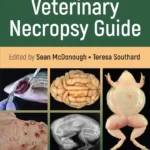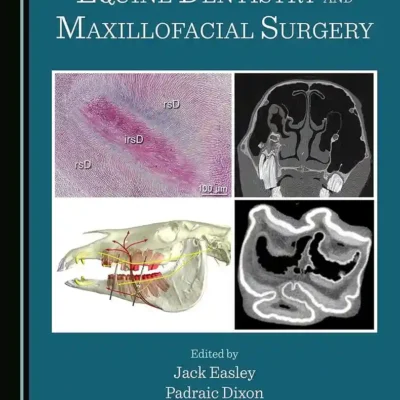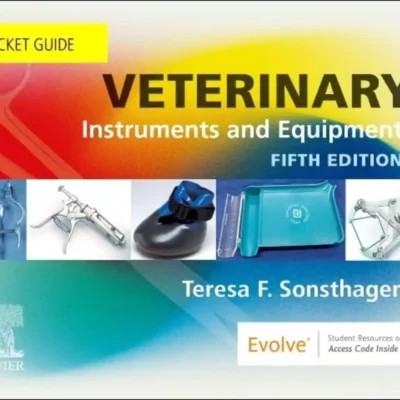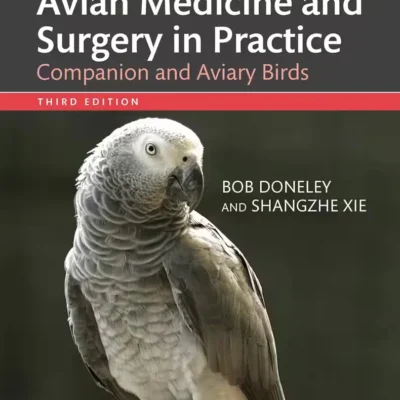Avian Surgical Anatomy: Thoracic and Pelvic Limbs
Avian medicine and surgery is a rapidly expanding area in the veterinary field. This is the result of an increasing interest in bird ownership, as well as in raptor and songbird rehabilitation. The success of aviculturalists in the captive breeding of psittacines and other species has also contributed to this growth.
Medical and surgical information on a variety of bird species has expanded correspondingly. Yet, published material on avian anatomy and surgical approaches are only sprinkled throughout the veterinary literature. Approaches to the long bones have been illustrated sparingly. Most clinicians realize, however, that proper orthopedic exposure of the long bones decreases trauma and enhances surgical success.
This atlas helps to fill this void by providing information on avian anatomy, surgical approaches, and basic orthopedic principles for veterinary clinicians and students, aviculturalists, and others interested in bird care. It is unique in providing this variety of information under one cover.
The atlas evolved from a study funded, in part, by a grant from the Zoological
Society of San Diego. The major emphasis for this project was to produce full-scale drawings depicting the anatomy of the limbs of the California condor as an aid in repairing long bone fractures. Surgical approaches previously published by Drs. Patrick T. Redig and James C. Roush were adapted to the California condor, and the anatomy associated with each of the exposures was illustrated.
PDF 43.3 MB








